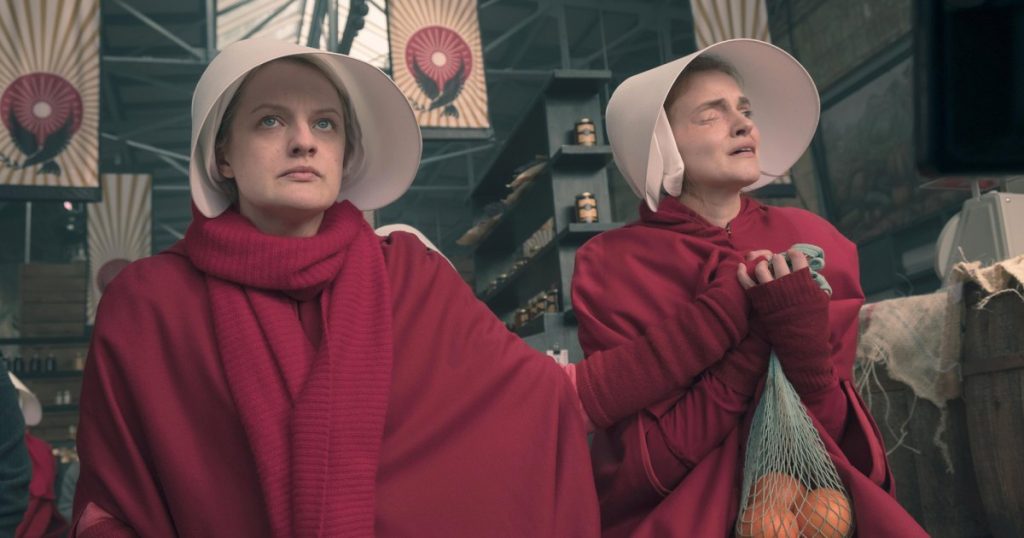The role of a showrunner is pivotal to a television series, shaping its narrative direction, tone, and overall success. A change in showrunner can significantly impact the trajectory of a show, sometimes leading to improved quality, other times resulting in a decline in viewership or critical acclaim, and often sparking discussions among fans about the shift in creative vision. Several popular television series have experienced showrunner changes throughout their runs, highlighting the complex dynamics of television production and the influence of individual creative voices.
The police procedural Law & Order: Organized Crime, a spinoff of the long-running Law & Order: SVU, experienced a tumultuous period behind the scenes with a revolving door of showrunners. Beginning with Matt Olmstead, the series cycled through Ilene Chaiken, Barry O’Brien, Bryan Goluboff, Sean Jablonski, and David Graziano before bringing Olmstead back into the fold as executive producer. This rapid succession of showrunners, occurring over just a few seasons, undoubtedly contributed to a sense of instability and may have impacted the show’s narrative consistency. While the specific reasons for these changes were not officially disclosed, it’s clear that the series struggled to find a stable creative leader. This contrasts sharply with the relative stability of its parent series, SVU.
Similarly, The Handmaid’s Tale, the dystopian drama that garnered significant critical acclaim, experienced a notable showrunner transition before its final season. Bruce Miller, who had steered the series since its inception, stepped down to focus on adapting The Testaments, the sequel to the novel on which the show is based. While Miller remained involved as a writer and executive producer, the showrunner reins were handed to Eric Tuchman and Yahlin Chang. This change, though planned and explained, marked a significant shift in leadership as the series approached its conclusion. Miller’s departure, while amicable, underscored the demanding nature of showrunning and the strategic decisions creatives sometimes make to prioritize other projects.
Other notable examples of showrunner changes include the Netflix live-action adaptation of Avatar: The Last Airbender. Creators Michael Dante DiMartino and Bryan Konietzko initially held the showrunner positions but departed due to creative differences, highlighting the potential conflicts that can arise between creators and the network or studio. The show subsequently went through further showrunner changes, with Albert Kim replaced by Christine Boylan and Jabbar Raisani. Such transitions can create challenges in maintaining a consistent vision for a series, particularly one based on pre-existing source material with a dedicated fanbase.
The sitcom Call Me Kat, starring Mayim Bialik, experienced multiple showrunner changes in its short run, with Darlene Hunt being succeeded by Alissa Neubauer and later by Jim Patterson and Maria Ferrari. This instability likely contributed to the show’s eventual cancellation, showcasing how frequent changes in creative leadership can negatively impact a series’ performance. Designated Survivor, a political thriller, followed a similar trajectory with multiple showrunner changes throughout its run across two networks, highlighting the challenges of maintaining creative consistency amidst network changes and production upheaval.
Long-running series like The Walking Dead and Grey’s Anatomy have also seen their share of showrunner transitions. The Walking Dead, a post-apocalyptic drama known for its complex characters and evolving storyline, saw Frank Darabont, Glen Mazzara, and Scott M. Gimple each take the helm before Angela Kang took over. Grey’s Anatomy, a medical drama spanning nearly two decades, also experienced multiple showrunner changes, with Shonda Rhimes eventually handing the reins to Krista Vernoff, who later passed them to Meg Marinis. These changes, while significant, were often part of a planned transition and did not necessarily lead to drastic shifts in the shows’ established identities.
Supernatural, a fantasy series with a dedicated fanbase, saw Eric Kripke, its creator, serve as showrunner for several seasons before being succeeded by Sera Gamble, Jeremy Carver, and finally Robert Singer and Andrew Dabb. Each showrunner brought their own perspective to the long-running series, contributing to its evolving narrative. Similarly, Gilmore Girls experienced a significant shift when creators Amy Sherman-Palladino and Daniel Palladino departed after six seasons due to contract disputes. David Rosenthal took over for the final season, but the change was noticeable to fans, and Sherman-Palladino returned for the revival miniseries. This underscores the strong connection between creators and their shows and the impact their absence can have.
The workplace comedy The Office saw Greg Daniels, its developer, take the showrunner role for the initial seasons before returning for the final season after a period where Paul Lieberstein and Jennifer Celotta led the series. This demonstrates how a return to the original creative vision can be a successful strategy for concluding a long-running series. Community, a sitcom known for its meta-humor and intricate plotting, saw creator Dan Harmon depart and return as showrunner, highlighting the challenges of maintaining a unique creative voice while navigating network and studio pressures.
Finally, Seinfeld, the iconic sitcom co-created by Jerry Seinfeld and Larry David, experienced a notable shift when David departed after seven seasons, leaving Seinfeld to take the showrunner role for the remaining two seasons. This change, while significant, occurred in the latter stages of the show’s run. Similarly, Dawson’s Creek, a teen drama, experienced early showrunner changes with Kevin Williamson followed by Alex Gansa and then Greg Berlanti, demonstrating the fluid nature of creative leadership in television production, especially during the formative years of a series. These examples demonstrate the diverse reasons for showrunner changes, ranging from creative differences and contract disputes to personal decisions and network pressures. The impact of these changes varies depending on the show, the circumstances of the change, and the new showrunner’s vision. While some transitions are seamless, others can significantly alter the trajectory of a series, impacting its narrative, tone, and overall success.

